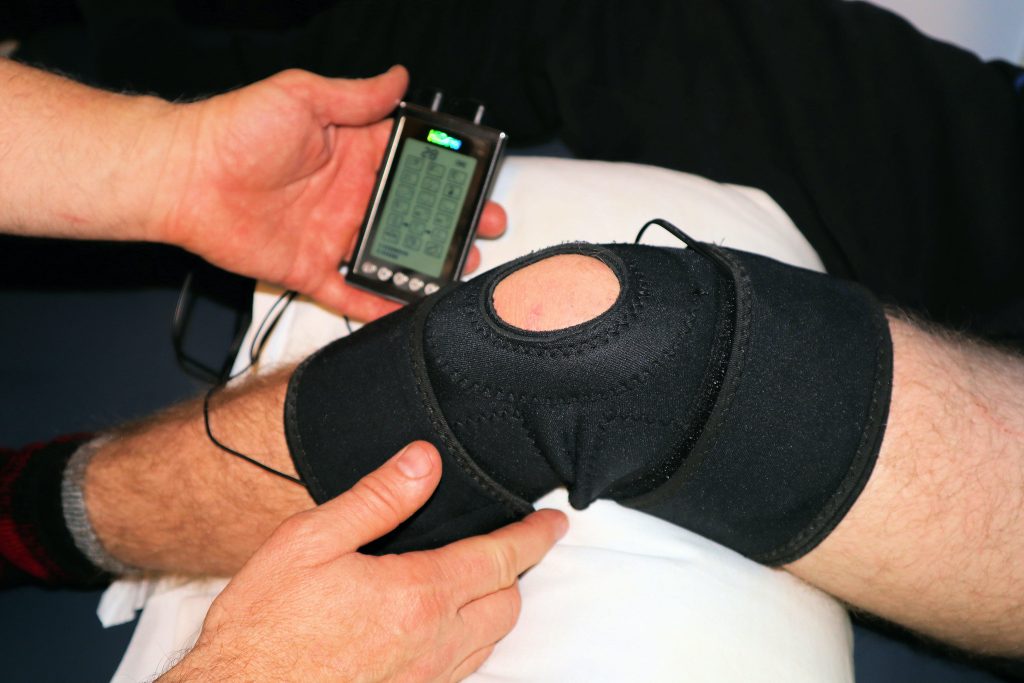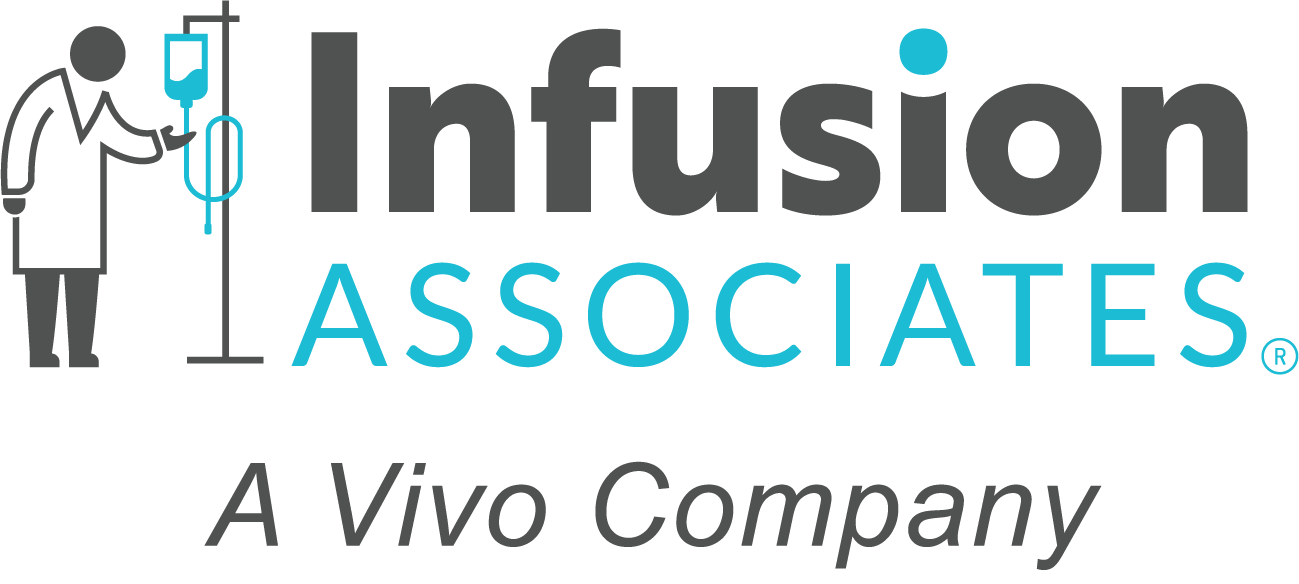Written by Frances Smith, patient access specialist
In part one of our blog series, we discussed rheumatoid pain, its common causes, and the importance of early intervention. Now, in part two, we will explore four practical strategies that can help you combat rheumatology pain and inflammation effectively.
Make Lifestyle Changes

Making life style changes can be a great line of defense to combating the pain and inflammation that comes with rheumatic conditions. Here are some lifestyle suggestions that may be helpful:
- Maintain a Healthy Weight: Excess weight can put added stress on joints, worsening symptoms. Losing weight through a balanced diet and regular exercise can relieve some of this pressure.
- Exercise Regularly: Low-impact exercises like swimming, cycling, and gentle yoga can help improve joint function and reduce pain. Consult a healthcare professional or physical therapist to create an exercise plan tailored to your needs.
- Dietary Modifications: Some individuals find relief from rheumatology pain by following anti-inflammatory diets rich in fruits, vegetables, whole grains, and omega-3 fatty acids. Avoiding trigger foods, such as those high in purines (associated with gout), can also be beneficial.
- Stress Management: High-stress levels can exacerbate pain and inflammation. Practicing relaxation techniques like deep breathing, meditation, and mindfulness can help reduce stress.
- Proper Ergonomics: Ensure your workspace and home environment are ergonomically designed to reduce strain on your joints. This includes using ergonomic chairs, adjusting computer monitors, and using assistive devices if needed.
Join a Support Network or Education Group

Joining a support network or education group is a great way to gain knowledge on how to best navigate rheumatological conditions. A support network or education group can be helpful in the following ways:
- Connecting with others who have similar conditions can provide emotional support, as well as valuable insights and coping strategies.
- Staying Informed: It’s important to continue to educate yourself about your condition and treatment options. Understanding your disease can help you make informed decisions and work effectively with your healthcare team.
- Get Regular Check-Ups: Stay on top of your condition with regular check-ups with your rheumatologist. Early detection of any disease progression is crucial for timely intervention.
Use Assistive Devices

Assistive devices can help you navigate everyday activities with more ease. The most common assistive devices are the following:
- Mobility Aids: Depending on your condition, mobility aids like canes, walkers, or braces can help reduce strain on your joints and improve stability
- Adaptive Tools: Specialized tools and gadgets can make daily tasks easier for those with limited joint mobility
Medications and Treatments

Medications and treatments are extremely helpful in fighting rheumatic diseases. It’s important to discover which best fits you and your lifestyle. Some of the most common medication and treatments include the following:
- Non-steroidal anti-inflammatory Drugs (NSAIDs): These over-the-counter or prescription drugs can help relieve pain and reduce inflammation. Common NSAIDs include ibuprofen and naproxen.
- Disease-Modifying Antirheumatic Drugs (DMARDs): DMARDs are used to treat autoimmune conditions like rheumatoid arthritis. They work by suppressing the immune system’s overactivity and reducing inflammation.
- Biologic Therapies: Biologics are a newer class of drugs that target specific immune system proteins responsible for inflammation in conditions like rheumatoid arthritis and psoriatic arthritis.
- Corticosteroids: These powerful anti-inflammatory drugs can provide quick relief from severe inflammation and pain but are usually reserved for short-term use due to potential side effects.
- Physical Therapy: Physical therapists can design exercise programs to improve joint flexibility, strength, and mobility, which can help manage pain and prevent further joint damage.
In Review
Managing rheumatology pain and inflammation is a personalized journey. What works for one person may not work for another, so it’s essential to work closely with your healthcare team to develop a tailored treatment plan. With the right strategies and support, you can regain control over your life and minimize the impact of rheumatic conditions on your well-being.
In conclusion, combating rheumatology pain and inflammation involves a multi-faceted approach that combines medication, lifestyle changes, emotional support, and adaptive tools. By proactively managing your condition, you can lead a fulfilling and active life despite the challenges posed by rheumatic diseases.
If you interested in learning more about the IV treatments we offer, you can contact us by calling us at (833) 394-0600 or filling out our online form.

